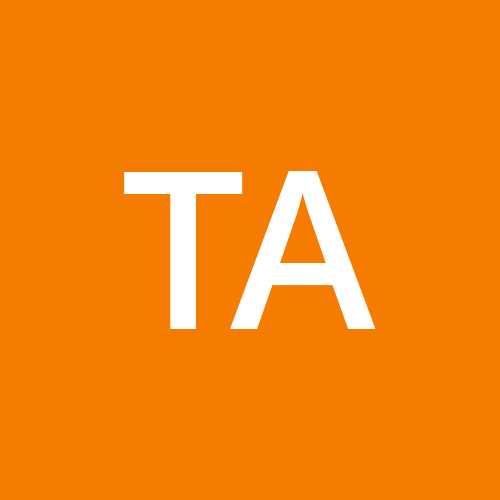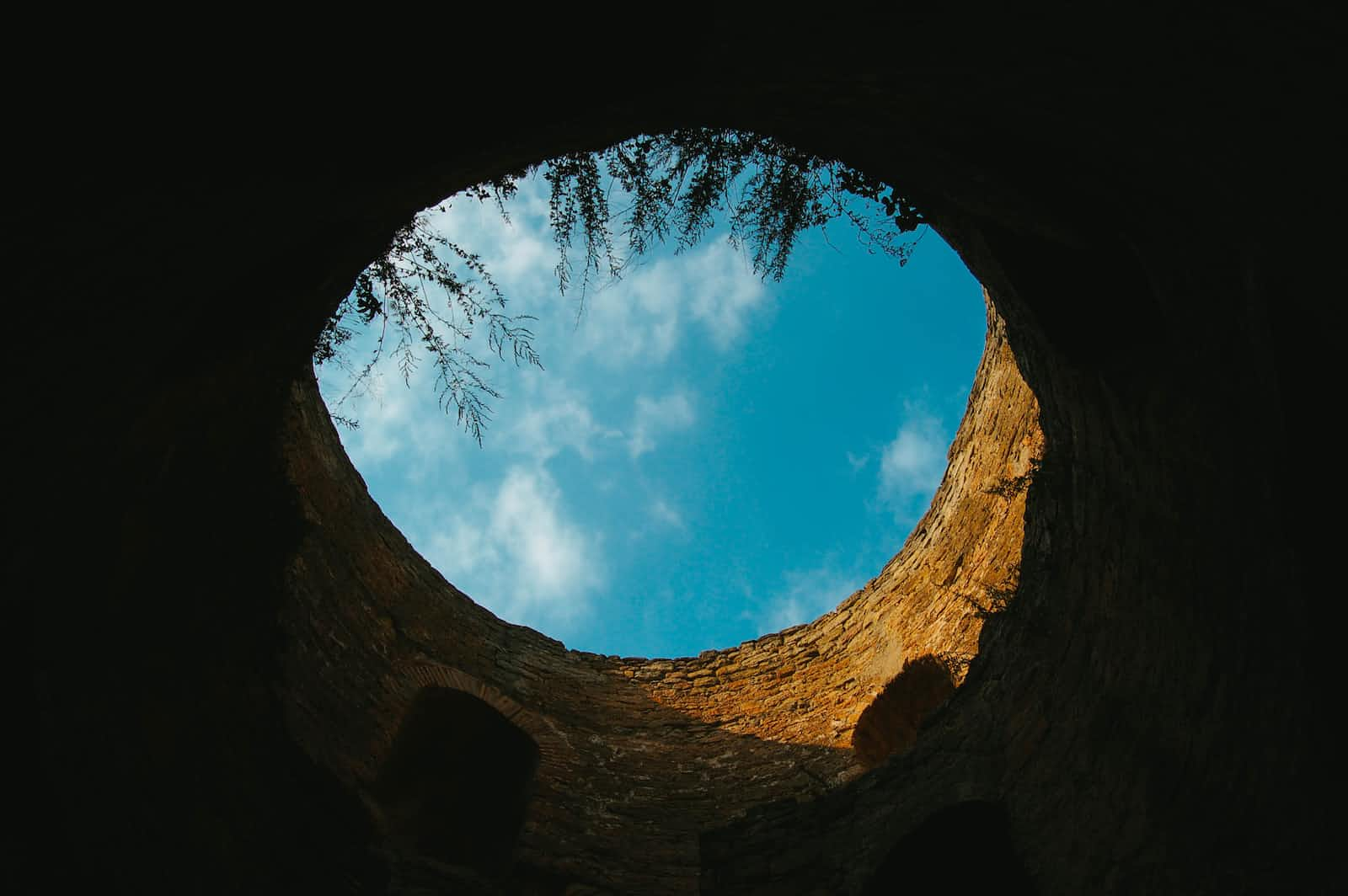An Artist Dev's Retro 2022
 TalonDragon000
TalonDragon000Table of contents

ABOUT ME
First and foremost, I wouldn't consider myself a developer. I didn't have enough coding or computer science experience to call myself anything close to that. I draw. I make digital characters and love to create graphics for banners and promotional images, etc. If anything, I have a marketing background.
So what the heck am I doing here?
That's where the rabbit hole comes in.
DOWN THE RABBIT HOLE
I started my developer journey, as an artist, interested in this new technology called NFTs. NFTs are Non-Fungible Tokens. That was the first step. Learning what NFTs actually were.
When I started researching how to make my own NFTs, all I knew about them were you can make images (great!) and put them on an online marketplace to sell for crap-ton-loads of money (great!) which would be sold with crypto (okay?). They had a way of proving ownership of who made the NFT (the artist, great!), adding royalties on secondary sales (great!), and who currently owns the original piece (great!).
Lalala. All I heard was, "I get to finally sell my art without worries of copywrites and stolen art and easily add royalties for additional passive income!"
Yes, fine and dandy. How do I get started though?
Welcome to Web 3.0
Once upon a time, there was Web 1.0 (aka The World Wide Web). People were finally able to search online for information - an online encyclopedia (remember those?). It was a faster and more convenient way to research and obtain information and knowledge on whatever we wanted to know about.
Que the Millennial babies. Millennials wanted so much more than just asking Jeeves "What is the answer to my math question?" Suddenly, there were forums where we could REPLY to things. OMG. Interactivity. Now "We've got mail" from instant messages, emails instead of post office snail mail, and DUN DUN DUNNN -- texting.
We've now entered Web 2.0.
Since then, Web 2.0 has been the staple and ever-growing online interface we've all grown to know and love. Kids nowadays don't even know what landlines are, using landmarks and maps for navigating instead of GPS and Google Maps, or how to rent an encyclopedia from the library (let alone try to read it!).
However, technology never sleeps and we are now BUIDLING more than ever.
Thanks to a man (or team? so mysterious) who goes by the pseudonym Satoshi Nakamoto, Bitcoin (the wildly known cryptocurrency) was deployed using what they dubbed a "blockchain database."
This was the beginning of Web 3.0.
Now, let me clarify. We are NOT in Web 3.0 because of bitcoin. Bitcoin was just an example of what you can deploy using blockchain technology. So, actually, we are in Web 3.0 because of the blockchain. In your research (because everyone is encouraged to DYOR -- look it up), you will see that blockchain technology is what allows users to own their online assets. Hence, the eventual creation of things like NFTs.
(Rabbit hole #2: Blockchain and cryptocurrency is another branch that I will leave as DYOR or for another article. Don't get me started on staking and crypto exchanges.)
FINALLY! NFTS!
Yes and no. Enter the world of smart contracts. (Oh Lord, what is this now??)
Smart Contracts are online contracts used to trade, track, and prove ownership of all things in the blockchain. This is important to know for NFTs specifically.
Those of us artists who DON'T want to learn any coding can just use a third-party marketplace like Open Sea to deploy an NFT collection without writing a single line of code. Cool. Maybe I'll talk about that journey in another article.
My curiosity, however, was not satiated with just deploying an NFT to sell on the marketplace. I wanted to learn why. That, and I had to start doing things like creating and linking my crypto wallet (which I chose MetaMask and eventually got a Ledger -- which was another rabbit hole!). Why? Simple. Buying and selling normal artwork was boring and no longer profitable. Why use blockchain technology for things you can already do in Web 2.0?
Exactly. If I was going to make it as an artist in Web 3.0, I needed to keep digging.
Introducing, the utility NFT and NFT games.
ASSETS AND PLAY TO EARN
We have all heard of those mobile game apps where you win money while you play. At first, it sounded like a scam. Then, lo and behold, people were actually getting money. They were pennies, but they were legit -- and that was mind-blowing just in the Web 2.0 space.
We also heard about how games such as Fortnite, Roblox, and Minecraft make a killing off of game assets and skins (not at all functional, just pretty -- we get it). So, I figured, maybe I can learn how to make assets for these upcoming crypto games that use NFT avatars and 3d characters such as Voxels in The Sandbox.
Goal #1: Learn 3d art with Blender, Maya, and ZBrush.
That's a personal preference, but 3d art is all the rage in this Web 3.0 universe, and if my developer journey fails miserably, at least there are MANY other opportunities for 3d artists.
However, I'm stubborn and I decide I want to learn to code. I want to make my OWN game! With my own characters! And my own NFTs! Mwahah!
Will it happen solo in the year 2023? No. That's unrealistic. Why?
INTRODUCING JAVASCRIPT
Javascript is a foundational coding language that is used in almost every programming whatever you can think of. (I'm sure most of you know this -- more than me even, so I'll spare getting into these details. DYOR.)
What was surprising to me was that Javascript and a similar coding language called Solidity were used to write these lines of code that make up a smart contract. Basically, if I learned to code, I could make my own smart contracts to add whatever utilities I want into my NFTs.
At this point, I have seen SO many variations of NFTs: the tradable Bitcoin (ERC-20), the single-ownership images of NFTs (ERC-712), and the multi-token granddaddy Utility Token (ERC-1155), which is how these new cryptocurrencies such as Polygon were created.
This is where it gets messy, but long story short: cryptocurrencies and NFTs are basically different types of tokens created on the blockchain that allows users to create... whatever... and do whatever with it. It's complete ownership of whatever you make, sell, and HODL. To create these tokens, you must mint them (like actual money minting), to give them a unique token ID, which you can now trace and track along the blockchain.
We are essentially "printing our own online money and assets" through the use of smart contracts. These are also legit contracts because they require identification of the parties involved, terms of agreements between each party, and signatures to seal the deal. This agreement then becomes forever publically displayed in the network.
OKAY - SO WHERE ARE WE NOW?
Right, yes, focus. Why am I here again? NFTs.
Alchemy University, a free online developer Web 3.0 course, has a boot camp called "Road to Web 3." There, I managed to learn the basic skills needed to deploy my very first NFT through their test net.
There are a LOT of other courses available such as the Javascript boot camp (which I am taking now), and the Ethereum boot camp. With these coding skills, entering the world of Web 3.0 as an artist is obtainable and affordable. Amazing.
Goal #2: Deploy my first NFT Collection
I don't want to just deploy a collection on Open Sea. I want it to be a true genesis NFT collection that reflects me, my art, and eventually provides additional utilities to bigger and better things. Hence, I am now a coding student.
WAIT! THERE IS SUCH A THING AS A DESIGNER DEVELOPER?
Yes! It's a thing! Artists out there, listen. Our world doesn't need to stop at the character creation 3d models which will eventually be overrun by artificial intelligence (AI) anyway. If we can code and create fabulous aesthetics, we are hirable!
Web 3.0 is in a bear market right now, true. However, this is the time majority of the future platforms, games, and utilities are quietly building. In the meantime, die-hard fans are patiently waiting for the next big explosion -- and explode it shall. I'm very bullish on this (DYOR on stock exchange talk. Rabbit Hole #3).
Designer Developers are the front-end / end-user masters. With the user in mind, they take the project and turn it into an enjoyable experience that brings people in and keeps them there. Web 3.0 is already confusing. The designer developers out there are the ones trying to figure out a way to bridge the gap between laymen and crypto enthusiasts. They are working on ways to mainstream this technology and make Web 2.0 a thing of the past, just like Web 1.0 did.
You probably didn't notice the shift of Web 1.0 to Web 2.0. That's what a good transition should do. That is where we are. This is also why we are very, very early.
YES FAM! WE ARE EARLY AND WAGMI!
It's not too late! Developers are still building. NFTs are still shifting. This new-fangled tech called AI is blowing people's minds. We need creativity to take this beast of innovation and turn it into something functional, sustainable, and economically friendly.
Fast forward to today. I am now the first Designer's Guild Coordinator at Alchemy University. I am in the middle of my Javascript boot camp, I've connected and networked with many other developers to help me on with my 2023 goals, and I get to use my artistic ability and knowledge to help with the designer developer journey.
Am I a developer? Not yet. That's the keyword though. Not YET.
To the moon, fam. Peace, love, and Web 3.
With love,
Your Friendly Neighborhood TalonDragon.
P.S. Beware the rabbit hole and stay focused! Or you will end up not finishing anything in 2023 (like me). Good luck!
Subscribe to my newsletter
Read articles from TalonDragon000 directly inside your inbox. Subscribe to the newsletter, and don't miss out.
Written by
